How to Fix a Toilet That Keeps Clogging Up
You’ve been there, you flush the toilet, expecting everything to vanish as usual, but instead the water rises, swirls, and (to your horror) refuses to go down. Worse, maybe this isn’t the first time it’s happened this week. A toilet that clogs once in a blue moon is annoying but usually harmless. But when your…
You’ve been there, you flush the toilet, expecting everything to vanish as usual, but instead the water rises, swirls, and (to your horror) refuses to go down. Worse, maybe this isn’t the first time it’s happened this week.
A toilet that clogs once in a blue moon is annoying but usually harmless. But when your toilet clogs again and again, it’s a different story. Recurring clogs are a sign of something more than just “bad luck.” They can point to bigger plumbing issues that, if ignored, may lead to costly repairs, water damage, or even unsanitary conditions in your home.
The good news? You don’t have to live in fear of the plunger. In this guide, we’ll cover why toilets clog repeatedly, explore DIY fixes that actually work, explain when to call a professional plumber, and share preventive tips to stop clogs before they start.
Why Toilets Clog Repeatedly?
To understand why your toilet keeps clogging, it helps to first know how a toilet is designed to work.
Modern toilets rely on a balance of gravity, water pressure, and the siphon effect to move waste down the drain and into your home’s plumbing system. A good flush clears waste in one motion.
But when something interferes, whether inside the toilet, in the pipes, or deeper in the sewer line, the system struggles. The result? A weak flush, a partial blockage, and a cycle of clogs that just won’t stop.
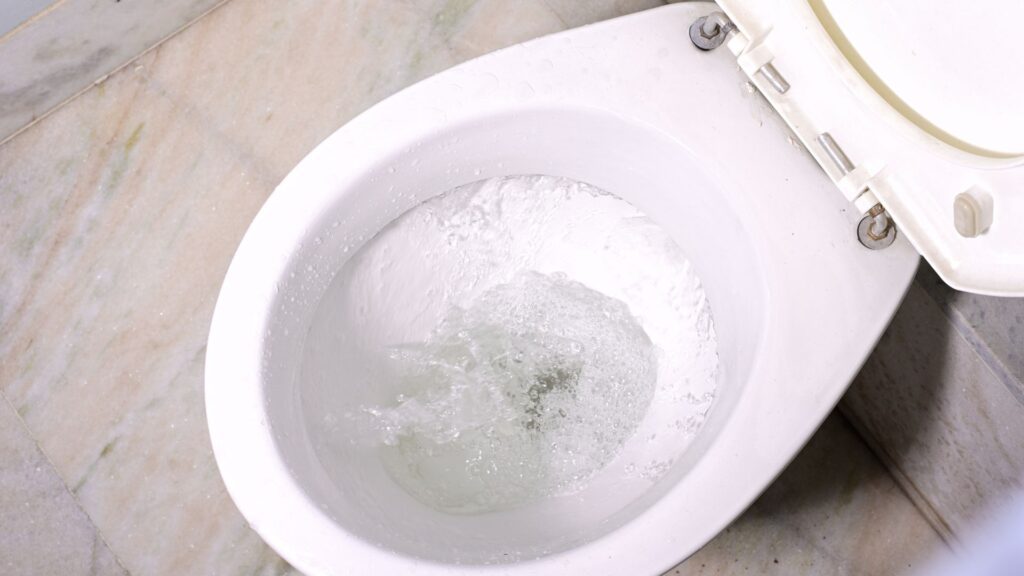
While one-off clogs are common (thanks to excess toilet paper or the occasional “oops”), repeated clogs mean you’re dealing with:
- A design flaw in the toilet itself
- Behavioral habits like flushing items not meant for toilets
- Or a plumbing system problem
Did you know? The National Association of Home Builders estimates that the average toilet lasts 25–50 years, but clogging becomes more frequent as toilets age or if they’re older low-flow models from the early 1990s.
Common Causes of a Toilet That Keeps Clogging
There’s no single reason why your toilet keeps clogging, it could be one of several. Let’s break down the most common culprits.
1. Flushing Non-Flushable Items
One of the biggest offenders is flushing items that should never go down a toilet. These include:
- “Flushable” wipes (spoiler: they don’t break down fast enough)
- Paper towels or tissues
- Feminine hygiene products
- Cotton balls, swabs, or dental floss
- Cat litter
The result? A slow build-up that narrows your drain line until it clogs entirely.
Fact check: The U.S. EPA reports that so-called “flushable wipes” are a major contributor to sewer clogs nationwide, costing municipalities millions of dollars each year in repairs.
2. Using Too Much Toilet Paper
Even toilet paper, something meant to be flushed, can be a problem in excess. Large wads don’t dissolve quickly and can easily lodge in the toilet trap.
Tip: Switch to thinner, septic-safe toilet paper if clogs are frequent. Consumer tests show 1-ply toilet paper dissolves significantly faster than 2-ply or luxury brands.
3. Low-Flow or Older Toilets
If you own an older toilet, especially one from the early “low-flow” era (1990s), the issue may be design. Early low-flow toilets were made to conserve water but often lacked enough flushing power.
Consumer Reports found that first-generation low-flow models were 50% more likely to clog compared to modern high-efficiency toilets.
If your toilet is more than 25 years old, replacement might be more cost-effective than constant plunging.
4. Partial Clogs in the Drain or Trap
Sometimes the clog isn’t what you just flushed, it’s buildup from weeks or months of paper, debris, or waste sticking to the sides of the trap or drain line. This narrows the passage, making clogs more frequent.
Warning signs of a partial clog:
- Water rises higher than usual before draining
- Gurgling noises from nearby sinks or tubs
- Slow flush that doesn’t clear in one go
5. Blocked Vent Pipes
Your plumbing system isn’t just pipes and water, it also includes vent pipes that allow air in, ensuring smooth drainage. If the vent stack on your roof gets blocked (by leaves, bird nests, or snow), your toilet loses suction power.
The result? Weak flushes, slow drainage, and yes, recurring clogs.
This isn’t just speculation. The International Plumbing Code specifically requires vent systems to prevent airlocks and keep toilets flushing properly.
6. Sewer Line Issues
Finally, if multiple fixtures in your home are clogging at once, toilets, sinks, tubs, the issue may be in your main sewer line.
Tree roots, collapsed pipes, or severe blockages can restrict flow from your entire house. In fact, studies by municipal wastewater agencies show that tree root intrusion is responsible for about 50% of residential sewer blockages.
This is not a DIY fix, it’s time to call a plumber.
DIY Fixes for a Toilet That Keeps Clogging
Before calling for help, there are a few safe DIY methods you can try.
1. Use a Plunger (Properly)
Most people own a plunger, but many don’t use it correctly. Here’s how to maximize its power:
- Use a flange plunger (specifically designed for toilets).
- Insert it into the toilet bowl, ensuring the flange fits into the drain opening.
- Push down gently to remove air, then plunge firmly 15–20 times.
- Pull up sharply to break the blockage.
Often, this alone clears the problem.
2. Try a Toilet Auger (Plumbing Snake)
If plunging doesn’t work, a toilet auger (3–6 feet long) can break up or retrieve clogs lodged deeper in the trap.
- Insert the auger gently into the drain.
- Rotate the handle to push it through.
- Withdraw slowly to remove debris.
Unlike chemical cleaners, augers are safe for your pipes.
3. Hot Water & Dish Soap Method
Pouring a few cups of dish soap followed by a bucket of hot (not boiling) water can lubricate and break down greasy blockages.
This is best for minor clogs, not recurring or severe ones.
4. Enzyme Cleaners
Eco-friendly enzyme cleaners can help dissolve organic buildup over time. These are recommended by the EPA as a safer alternative to harsh chemical drain cleaners, which can damage pipes.
Caution: If you suspect a sewer line issue, vent blockage, or if your toilet clogs every week despite DIY fixes, stop here. Repeated DIY attempts can make matters worse. That’s when you need a professional.
When to Call a Professional Plumber
So when do clogs go beyond DIY?
- If multiple fixtures clog at once
- If the toilet overflows regularly
- If you notice sewer odors indoors
- If you live in an older home with tree-lined property (risk of root intrusion)
- If you’ve tried plunging/augering without success
According to industry reports, homeowners who delay calling a plumber for persistent toilet issues end up paying 40–70% more in repairs compared to those who act quickly.
How Professionals Fix a Toilet That Keeps Clogging
Plumbers have access to specialized tools and training that go far beyond the plunger. Here’s how they tackle stubborn toilet clogs:
- Industrial Augers: Reach deeper into pipes than homeowner versions.
- Hydro-Jetting: Uses high-pressure water to blast through grease, scale, and roots.
- Sewer Camera Inspections: Tiny cameras pinpoint the exact cause of recurring clogs.
- Vent Cleaning: Safely clears rooftop vent blockages.
The difference? Professionals don’t just clear the clog, they identify and fix the root cause.
How to Prevent Toilet Clogs Long-Term
Once you’ve fixed your clog, prevention is the key to peace of mind. Here’s how:
- Follow the “3 P’s Rule”: Only flush pee, poop, and (toilet) paper.
- Switch to septic-safe toilet paper that dissolves quickly.
- Educate family members (especially kids) about what can’t be flushed.
- Clean and inspect toilets regularly.
- Schedule annual plumbing checkups.
A HomeAdvisor survey found that households practicing preventive maintenance reduced toilet clog incidents by 60% compared to those who didn’t.
Stop Toilet Clogs for Good
A toilet that keeps clogging isn’t just an inconvenience, it’s your plumbing system asking for help. From flushing habits to vent issues and sewer line blockages, there’s always a cause behind the problem.
The good news? With the right mix of safe DIY fixes, preventive habits, and professional help when needed, you can finally flush without fear.
And if the clogs keep coming back? Trust Sapphire Plumbing to get to the root of the issue and restore your bathroom’s peace of mind.
How Sapphire Plumbing Can Help in Plano, TX
If your toilet keeps clogging, you don’t have to deal with the frustration alone. At Sapphire Plumbing, we provide fast, reliable toilet repair and plumbing solutions throughout Plano, TX. With expert technicians, same-day service, and honest pricing, we’ll quickly identify the cause of the problem and fix it right the first time.
Don’t let a clogged toilet disrupt your day, call Sapphire Plumbing today and get your home back to normal.
Call (469) 981-1871 now for prompt service in Plano, TX!
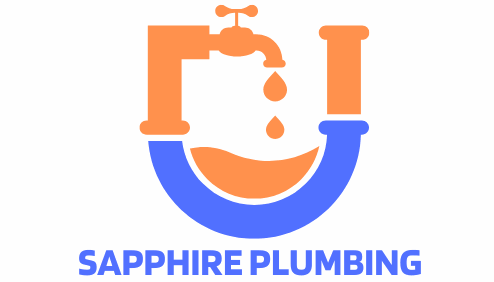

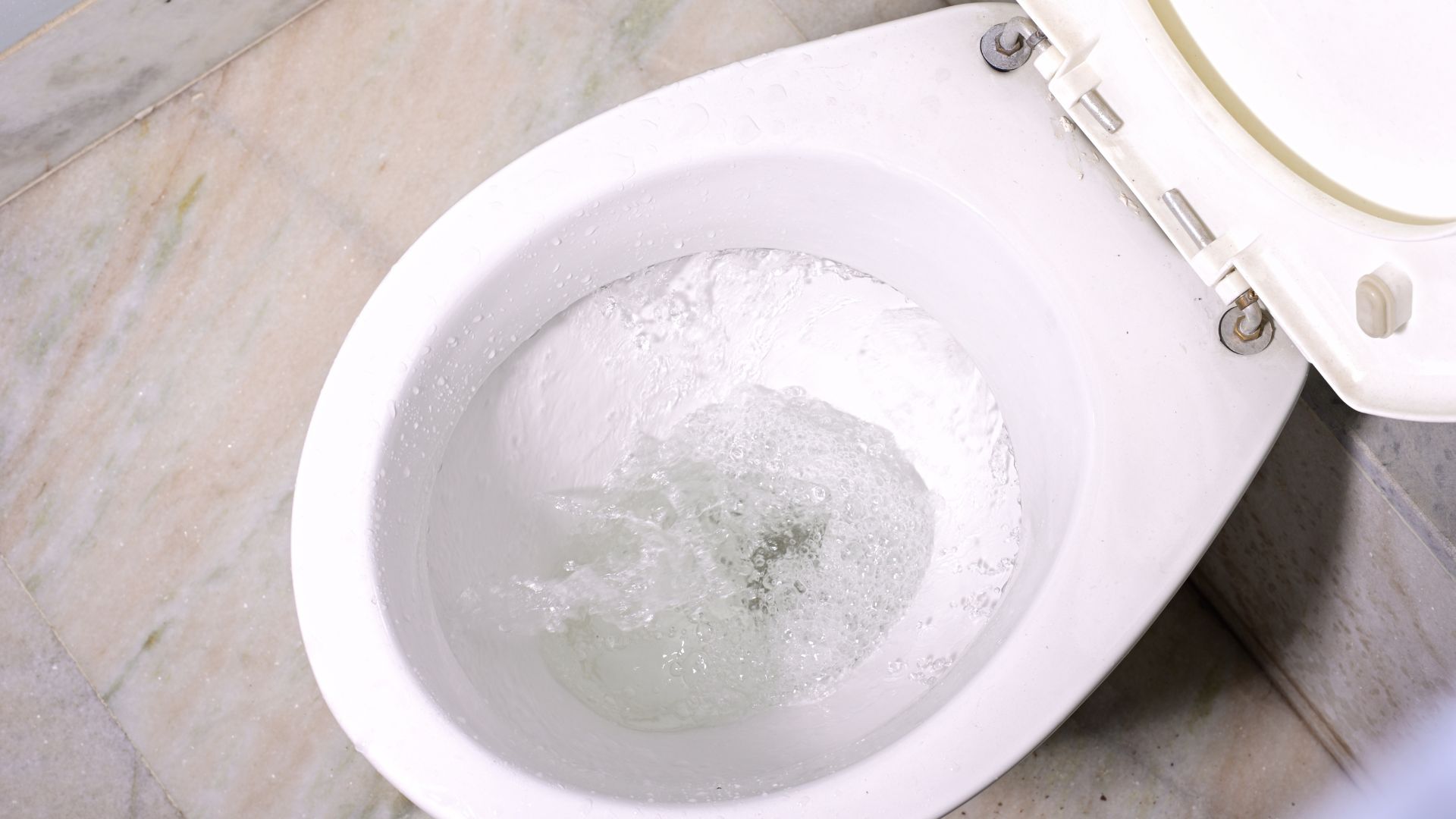
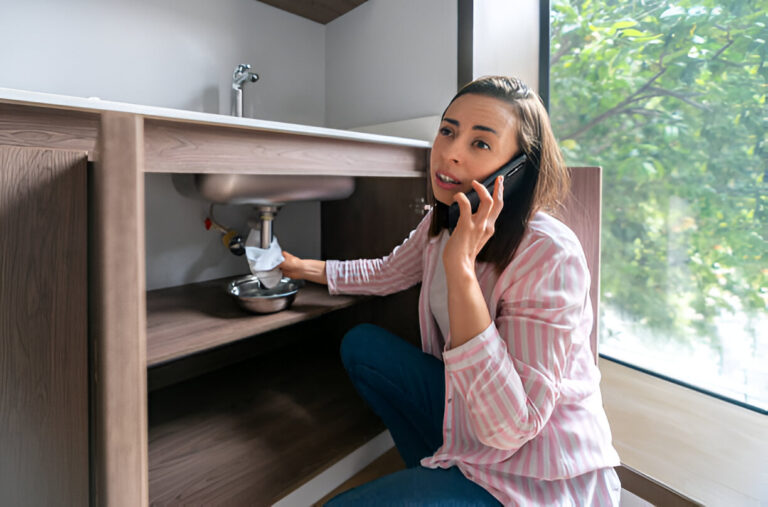

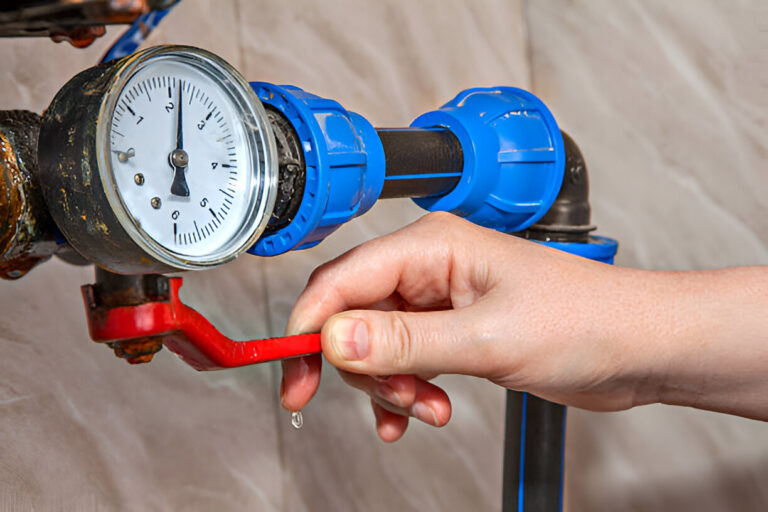

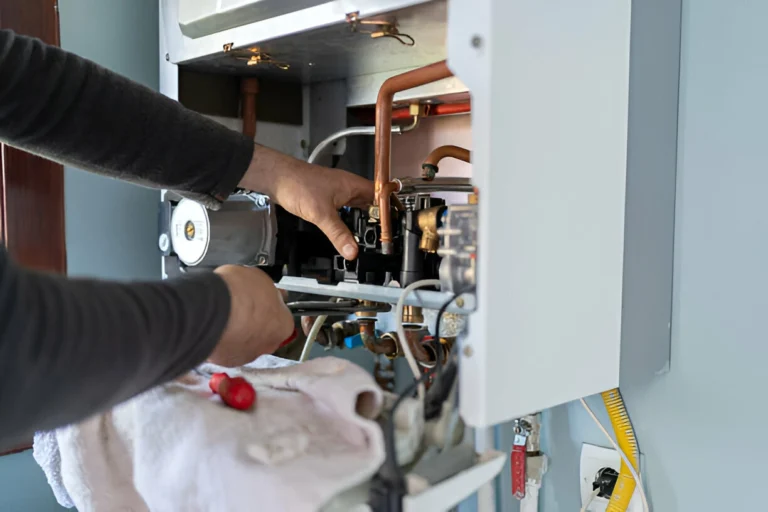

https://shorturl.fm/Px1z6
https://shorturl.fm/2bm9D
https://shorturl.fm/dMFyf
https://shorturl.fm/zlODx
https://shorturl.fm/dJ78X
https://shorturl.fm/nM2uJ
https://shorturl.fm/yLnOb
https://shorturl.fm/pf0HY
https://shorturl.fm/TAmAq
https://shorturl.fm/SFzuw